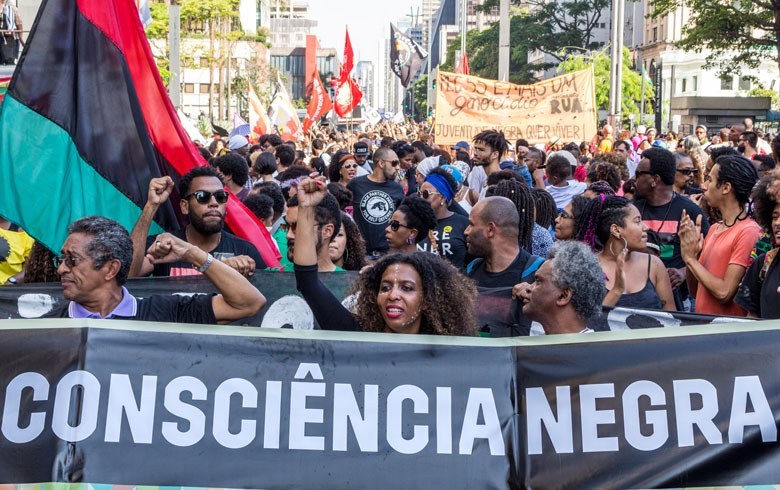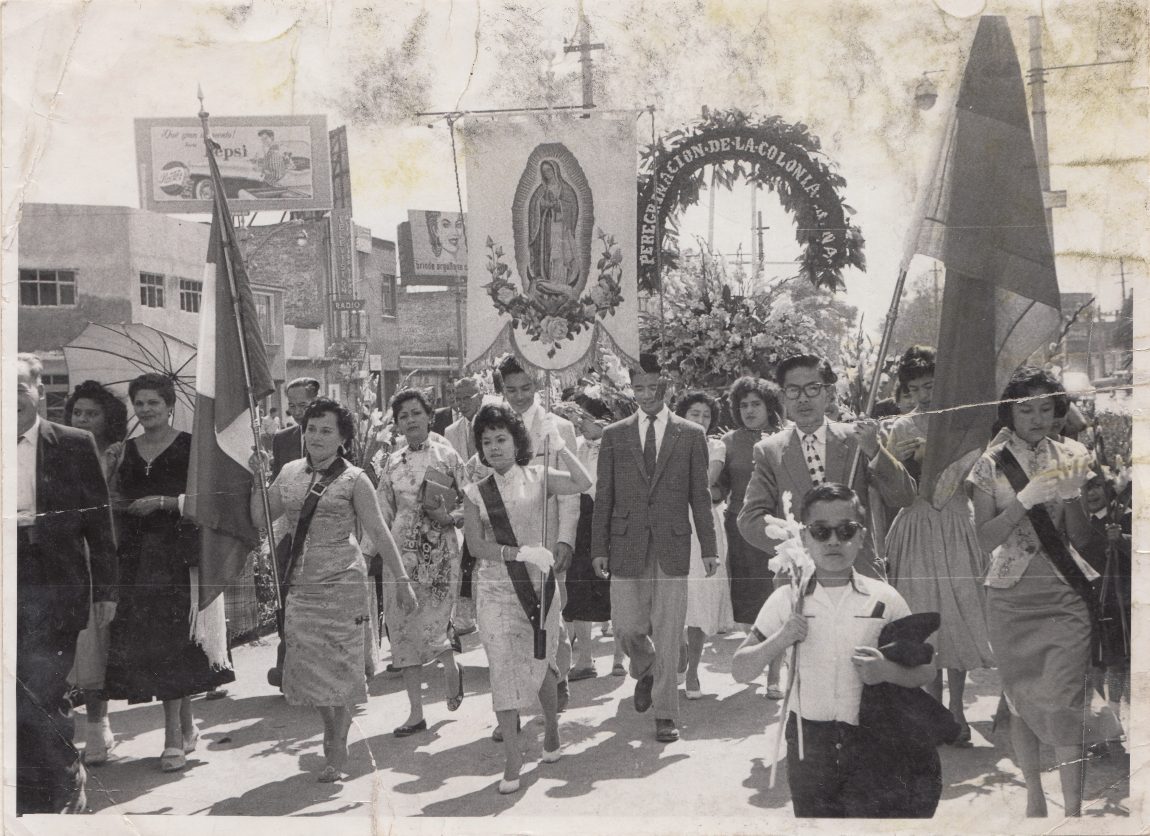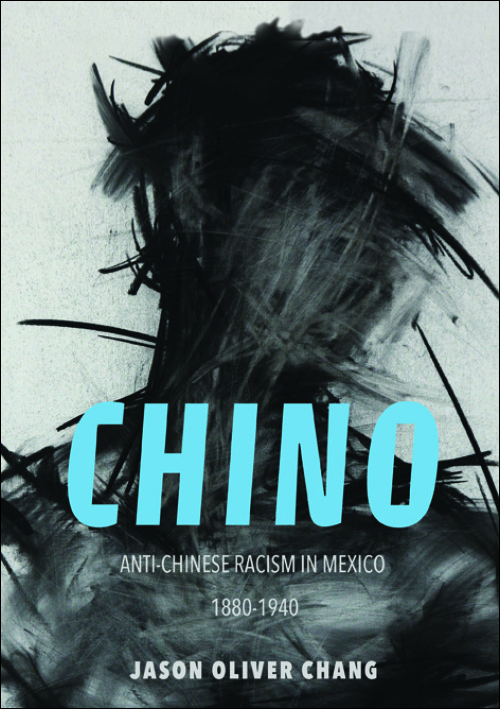Colouring the Caribbean: Race and the art of Agostino BruniasPosted in Arts, Books, Caribbean/Latin America, History, Literary/Artistic Criticism, Media Archive, Monographs on 2017-12-29 02:19Z by Steven |
Colouring the Caribbean: Race and the art of Agostino Brunias
Manchester University Press
December 2017
272 pages
Hardcover ISBN: 978-1-5261-2045-8
eBook ISBN: 978-1-5261-2047-2
Mia L. Bagneris, Jesse Poesch Junior Professor of Art History
Tulane University, New Orleans, Louisiana
Colouring the Caribbean offers the first comprehensive study of Agostino Brunias’s intriguing pictures of colonial West Indians of colour – so called ‘Red’ and ‘Black’ Caribs, dark-skinned Africans and Afro-Creoles, and people of mixed race – made for colonial officials and plantocratic elites during the late-eighteenth century. Although Brunias’s paintings have often been understood as straightforward documents of visual ethnography that functioned as field guides for reading race, this book investigates how the images both reflected and refracted ideas about race commonly held by eighteenth-century Britons, helping to construct racial categories while simultaneously exposing their constructedness and underscoring their contradictions. The book offers provocative new insights about Brunias’s work gleaned from a broad survey of his paintings, many of which are reproduced here for the first time.
Contents
- Introduction
- 1. Brunias’s tarred brush, or painting Indians black: race-ing the Carib divide
- 2. Merry and contented slaves and other island myths: representing Africans and Afro-Creoles in the Anglxexo-American world
- 3. Brown-skinned booty, or colonising Diana: mixed-race Venuses and Vixens as the fruits of imperial enterprise
- 4. Can you find the white woman in this picture? Agostino Brunias’s ‘ladies’ of ambiguous race
- Coda – Pushing Brunias’s buttons, or re-branding the plantocracy’s painter: the afterlife of Brunias’s imagery
- Index





